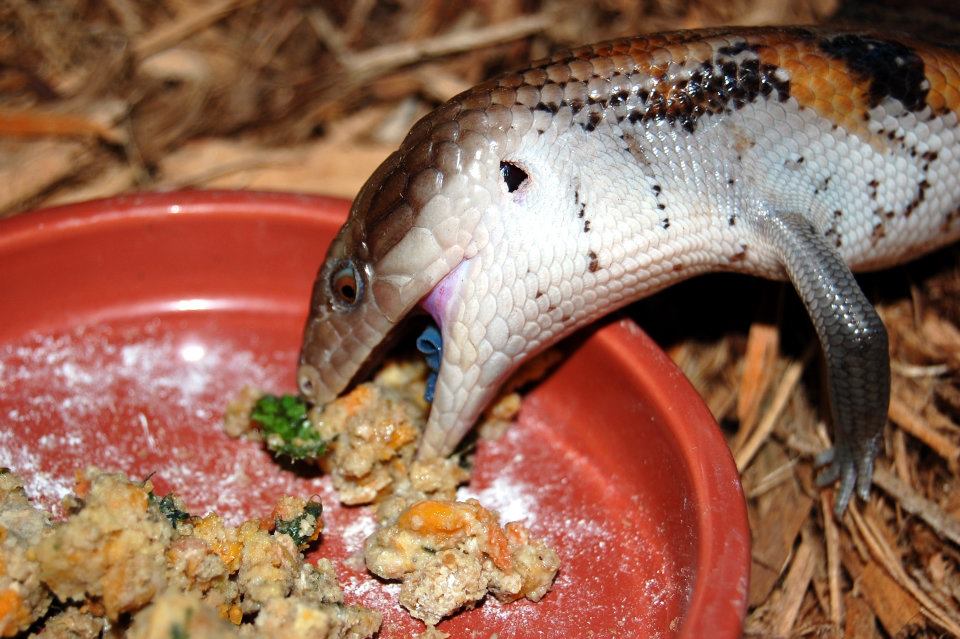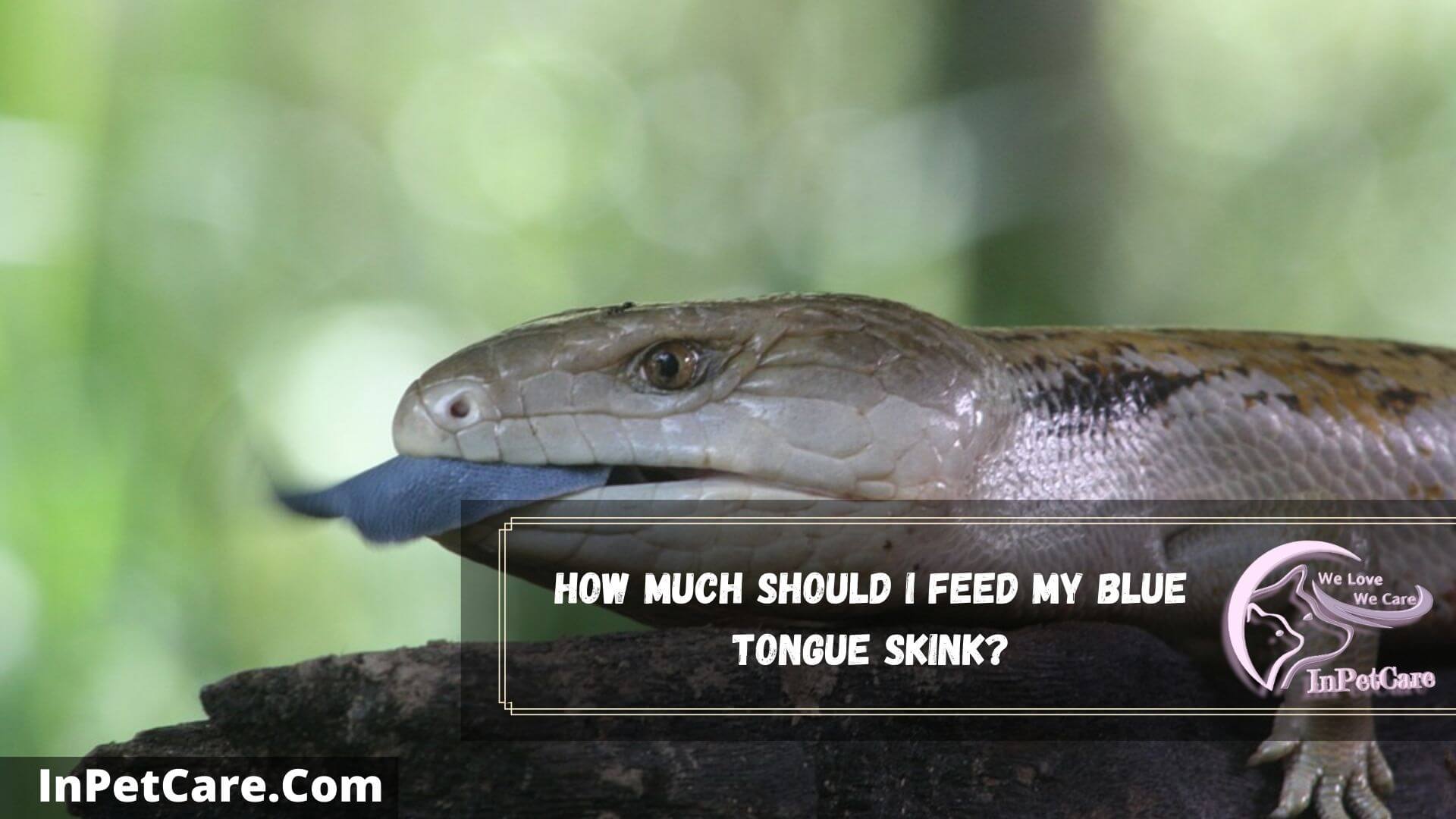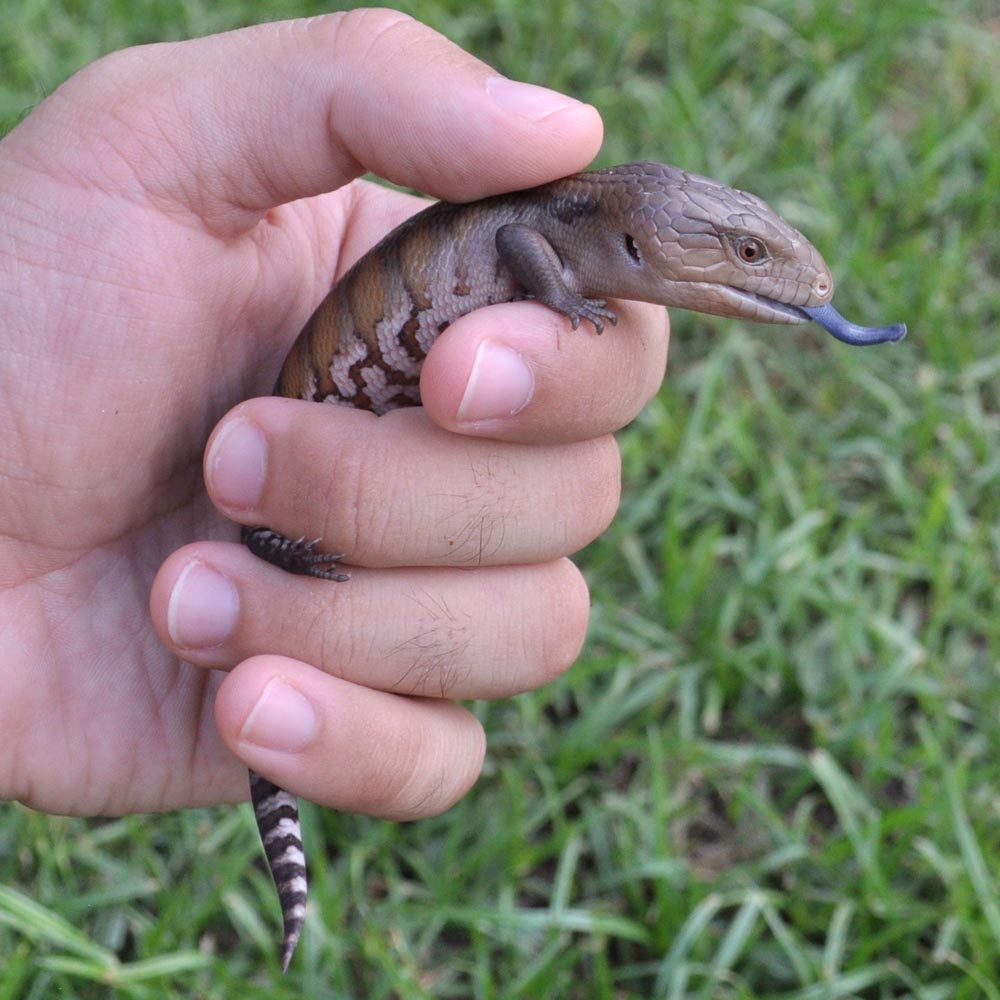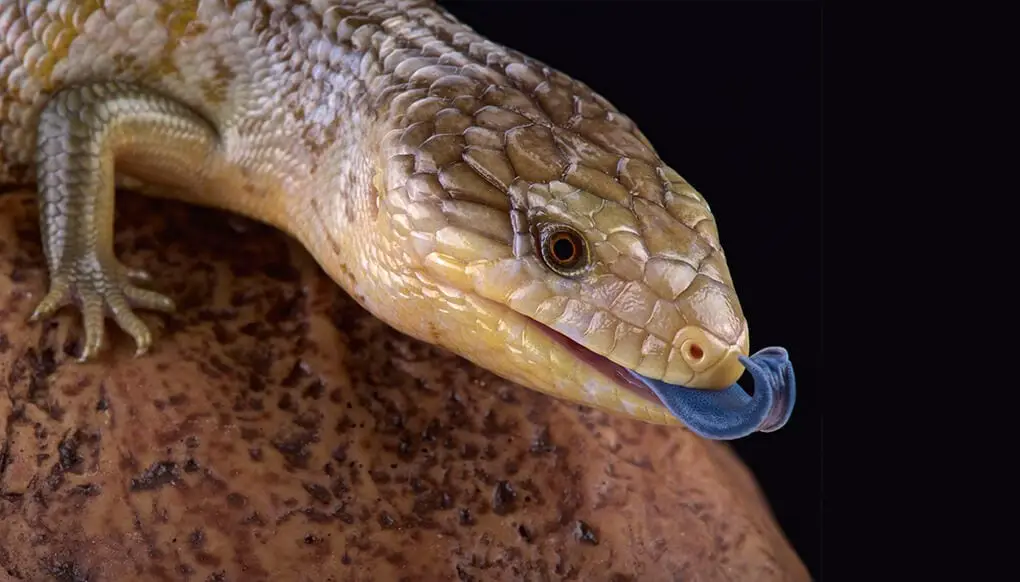Blue-Tongued Skink Lizard (Tiliqua scincoides scincoides) averages 45cm in length but can reach 60cm. In the wild, they are known to feed on small animals, insects, carrion, and plant material. They are commonly found in suburbia and do well in captivity, therefore making them fantastic pets. They give birth to live young and, on average.. Blue-tongue Feeding. Blue-tongue lizards are omnivores and feed on a range of live insects and plant matter. In captivity, blue-tongues should be fed a variety of both live foods and fresh fruits and vegetables (50:50). Live foods include; snails, crickets, woodies, mealworms (in moderation) and silkworms.

Eastern Blue Tongue Skink Blue tongue skink, Reptiles and amphibians, Cute reptiles

Eastern Blue Tongue Lizard (Tiliqua scincoides) Best Lizard in Australia YouTube

BlueTongued Skink Eats Lunch YouTube

Rescued blue tongue lizard feeding on mince meat YouTube

Can Blue Tongue Lizards Eat Dog Food? Ask Pet Guru

Basic Care BlueTongue Skinks Arizona Exotics Lizards Resources

18 to 20 inchesBluetongued skinks are fairly large lizards

Blue Tongue Lizard Eating Banana YouTube

Blue tongue lizard UluruKata Tjuta National Park

Blue Tongue Lizard, Australia

Blotched BlueTongued Lizard Sean Crane Photography

Bluetongue Lizard a prominent characteristic of the genus is a large blue tongue that can be

21 BlueTongued Skink Facts All 8 Types (Ultimate Guide) Blue tongue skink, Lizard species

Eastern Bluetongue Lizard The Australian Museum

How Often To Feed A Blue Tongue Skink? 7 Safety Tips

Blue Tongue Skink Feeding TOUR! YouTube

Bluetongued Skink Facts, Habitat, Diet, Pet Care, Babies, Pictures

2 bluetongue lizards on their way to eat my cats food... Pet birds, Lizard, Animals

Baby eastern blue tongue skink feeding YouTube

BlueTongued Skink Care Sheet Reptiles' Cove
5-10% fruit. For baby and juvenile blue tongue skinks of up to 5 months old - offer 50% protein, 40-45% veggies and greens, and 5-10% fruit. Shingleback skinks ( Tiliqua rugosa) - will need to eat less protein - around 30%. They also tend to be hungrier, so feed adults 2 times a week.. A Blue-tongue lizard's diet in the wild typically includes insects, snails and slugs, vegetation and flowers. In captivity this species should be fed a variety of food items to achieve a high level of health and nutrition as not one single food item provides complete nutrition. Suitable food items that can be included in the diet include.